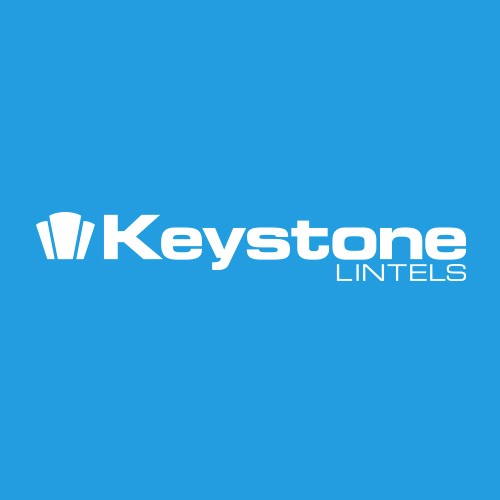In the latest Queen’s speech, the government announced it would legislate to exempt small developments from a requirement to produce zero carbon homes by 2016. The allowable solutions regime is being set up to provide developers with a way to compensate for Co2 emission reductions that are claimed to be ‘difficult to achieve through design and construction’. The government also confirmed that developers on all schemes would be able to use carbon offsetting where it was ‘impractical’ to build zero carbon standards. 
Keystone, however, are confident that small builders will increasingly upgrade their lintel specifications to the more thermally efficient Hi-Therm sustainability lintel. Builders are already experiencing real savings in overall build costs thanks to a higher thermal performance. Moreover, unlike other sustainable technologies, which are often seen as complex or daunting by the smaller builder, Hi-Therm simply replaces a component that all builders are experienced and confident using.
It is now widely recognised that improving the building fabric is the most effective means of reducing carbon emissions, as well as being the most cost effective means of achieving higher thermal performance. Hi-Therm reduces thermal bridging and improves the overall SAP performance.
The overall effect is that small builders have already embraced Hi-Therm and, with continued use, will provide better performing homes while at the same time negate the additional costs of the Government’s new-proposed ‘allowable solutions’.
In this way Hi-Therm will help prevent the possible backward steps predicted by some following the announcement of the Government’s new Zero Carbon Standard proposal.
You may also like:
The Keystone Group Supports Zero Carbon Hub’s ‘Nearer to Zero’ Conference

